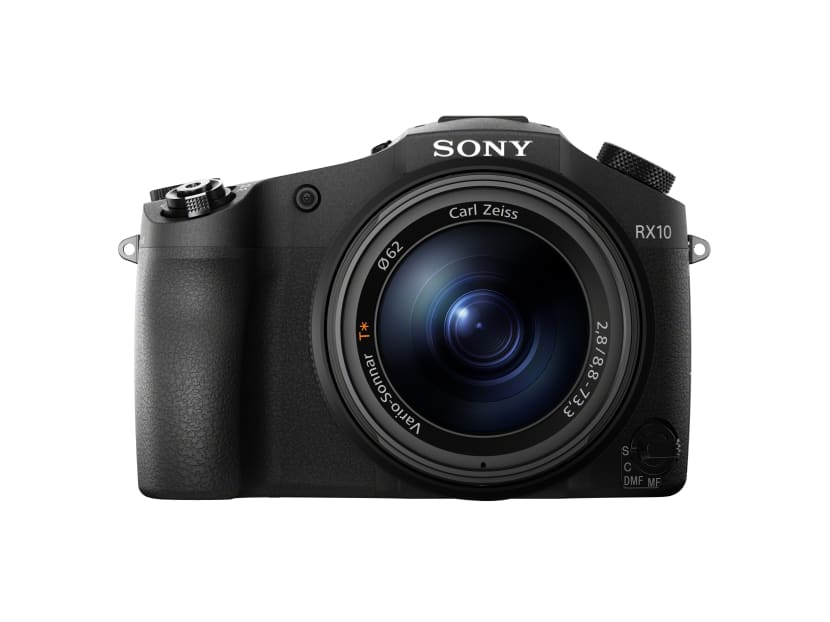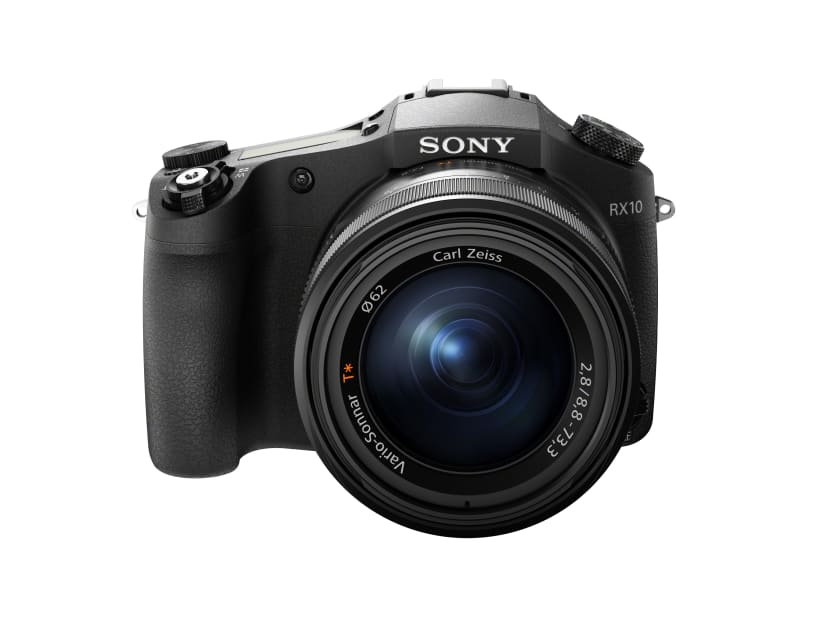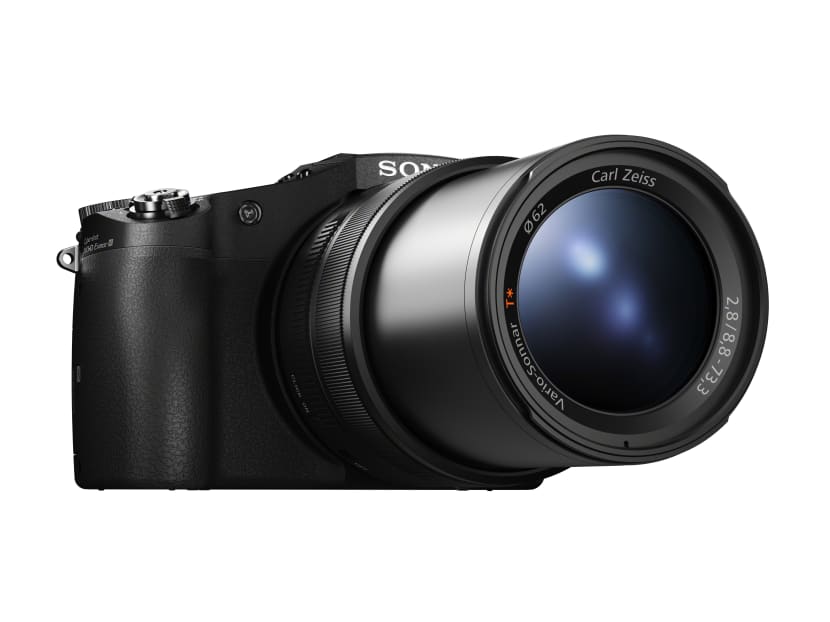Zooming in on a problem
SINGAPORE — Smartphones and compact cameras still do not come close to the image quality and flexibility that DSLR cameras have, but the latter still scares new users away with weight and price. The Sony Cyber-Shot RX10 aims to “bridge” the gap between both markets, giving users DSLR-like quality without all the bulk.



SINGAPORE — Smartphones and compact cameras still do not come close to the image quality and flexibility that DSLR cameras have, but the latter still scares new users away with weight and price. The Sony Cyber-Shot RX10 aims to “bridge” the gap between both markets, giving users DSLR-like quality without all the bulk.
The RX10 comes with a F2.8, 24 to 200mm zoom lens, a 20.2 megapixel sensor, and Sony’s BIONZ X processor for better image processing speed and low-light performance. This translated to good real-world results, with snappy autofocus even in dim lighting, and images that were sharp and vivid. The benefits of having a larger sensor shows, and it is hard for any smartphone or compact camera to match up.
While camera use was generally easy, with many features found in larger DSLRs, using the zoom function is quite troublesome. It takes multiple turns of the zoom ring before reaching maximum zoom, a pain when you are trying to zoom in on an object quickly. The aperture control ring is also on the lens, so it takes time to get used to. You might also confuse the zoom and aperture control in a rush, which I did countless times.
Thankfully the RX10 truly shines in video mode, with fast auto-focus, low noise in low-light conditions and more importantly, the ability to monitor audio levels onscreen. This, coupled with a flip-out touchscreen, microphone input and a headphone-out with on-screen display for monitoring audio, is a boon for those who need a full-HD video recording device that’s not too bulky.
But size wise, the RX10 is quite a bit larger than its RX100 II brother, coming in at over 800g. It’s even heavier than some of smaller DSLRs with their kit lenses, which makes its use as a “bridge” device questionable. That said, it is still an all-in-one package, so you don’t have to worry about swapping lenses.
With the RX10, you can also share photos wirelessly via NFC for capable Android phones, while there is WiFi connectivity for iOS users. However, it is still nowhere as easy as sharing directly from a smartphone.
At S$1,599, the RX10 is a pricey device that is more expensive than some of the low-end DSLRs. If you do not need as much zoom, or need a much smaller device, Sony’s RX100 II might be better suited for you. It is still a solid performer with great images, so if you are resistant to trying out DSLRs it is worth considering. Meanwhile, we await the day Sony attaches a good zoom lens to their amazing and expensive RX1.
The Sony Cyber-Shot RX10 retails at S$1,599, and is available now.







